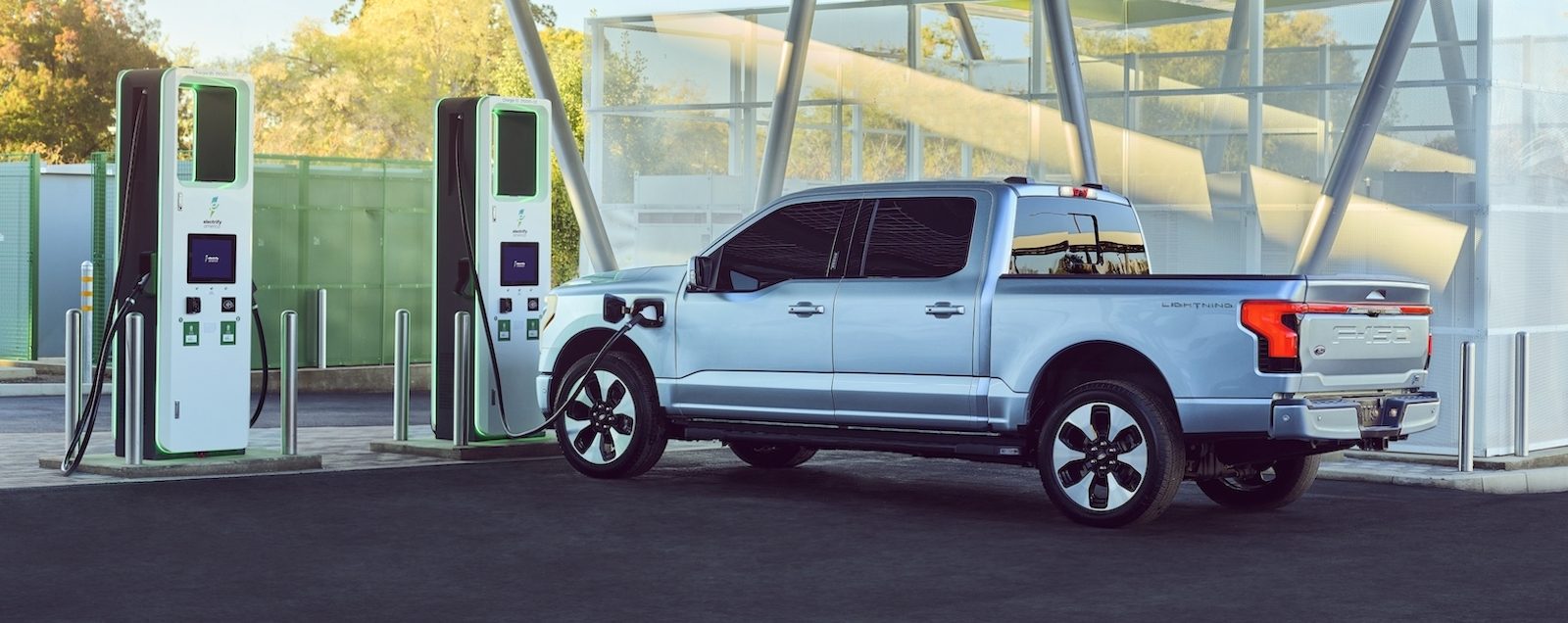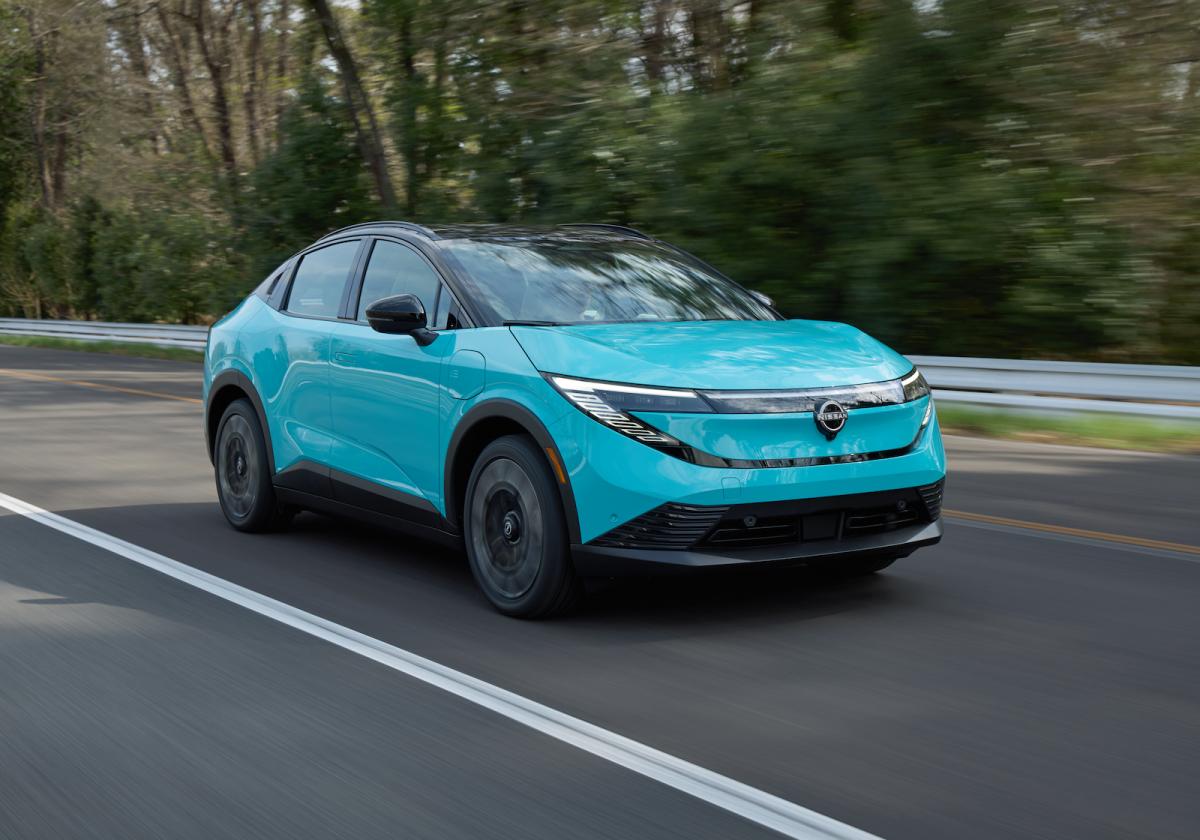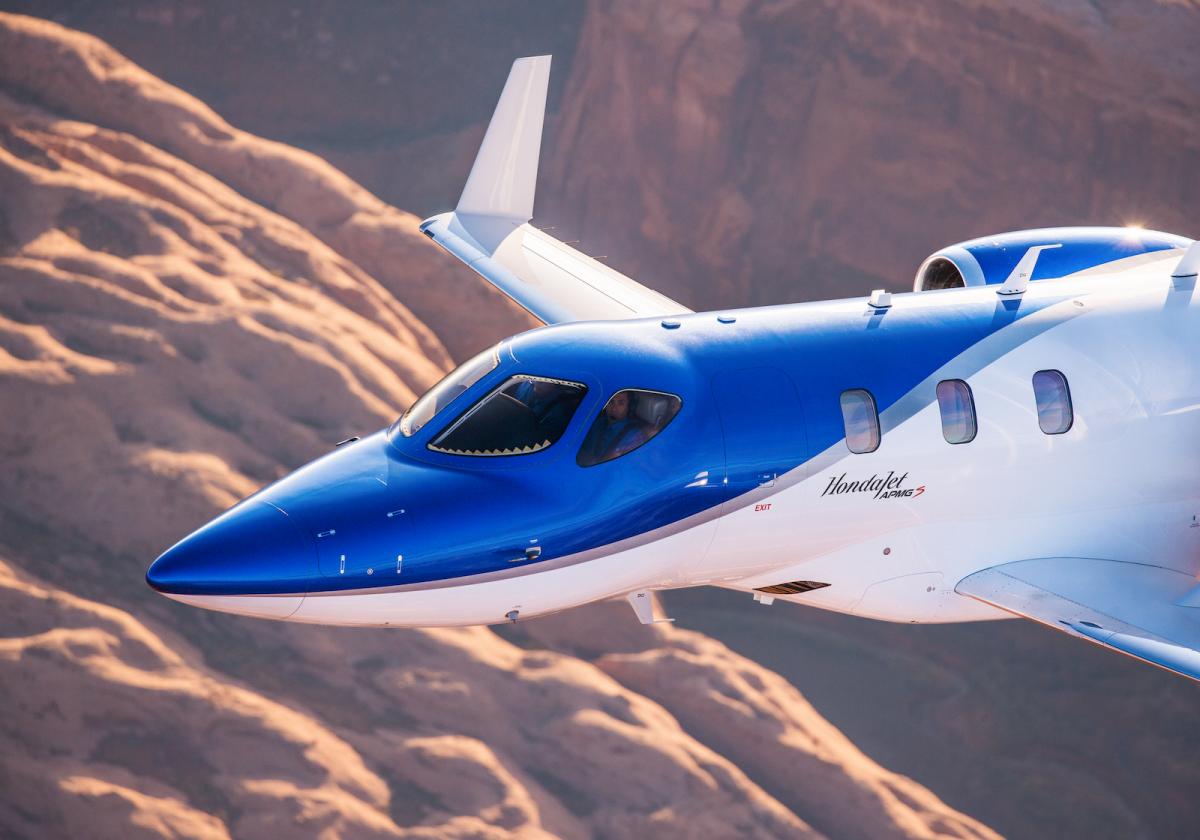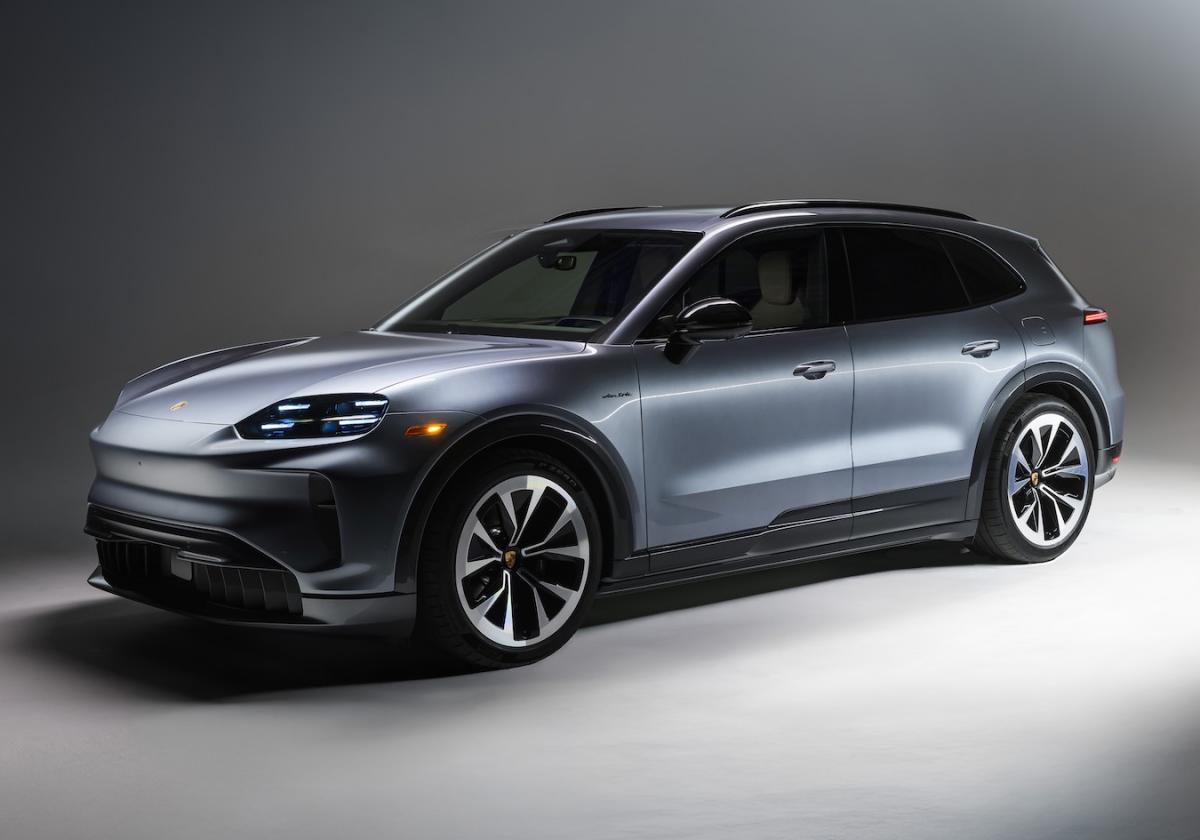- A study shows that low-income households would continue experiencing the highest transportation energy costs even if all gasoline-powered cars were replaced with EVs
- To remedy this situation, the federal government aims to stimulate more investment in public charging with a $7.5 billion injection
- President Biden signed an executive order in 2021 requiring that 40% of federally funded EV charging programs go to disadvantaged communities
As of early 2023, basically, every carmaker on the planet offers at least one pure electric vehicle (EV), with dozens more models set to land in showrooms over the next few years. With startups like Rivian and Lucid making their mark, and even one or two Chinese automakers entering the U.S., the EV movement is expanding rapidly. But for people living in apartment blocks, low-income neighborhoods, and rural areas without readily available charging access, this once-in-a-lifetime transition could leave millions behind.
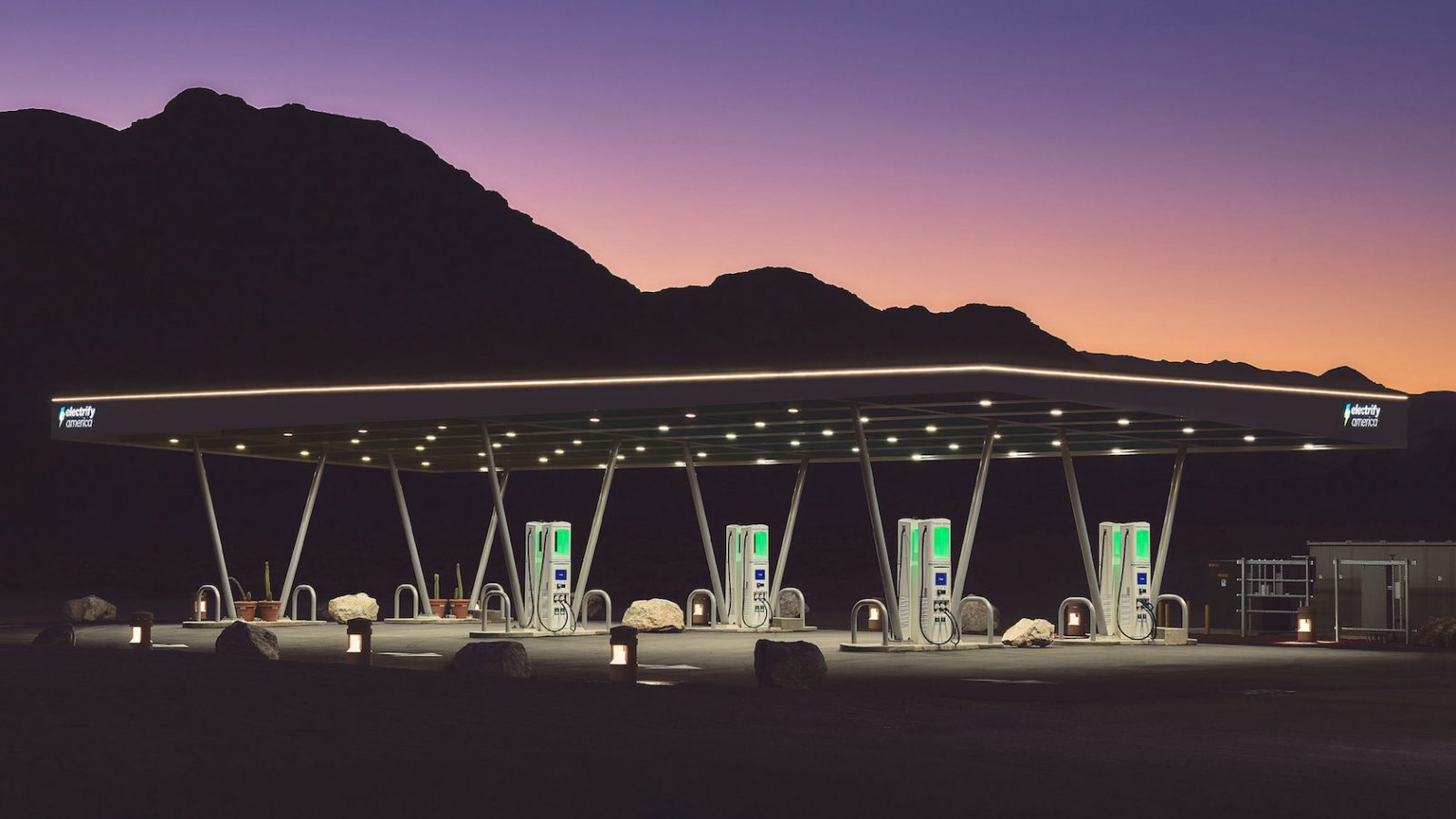
We need to face a painful truth—if the benefits of cleaner transportation that EVs represent, like better air quality, less noise, and lower energy costs don’t flow equitably to all Americans, EV adoption could very well stall.
In a groundbreaking study, the University of Michigan researchers found that low-income households would continue experiencing the highest transportation energy costs even if all gasoline-powered cars were replaced with EVs.
With the average price of an EV hovering around $65,000, early buyers have typically been wealthy people who live in their own homes where it’s easy to install a home charger.
To remedy this situation, the federal government aims to spur more investment in public charging with $7.5 billion allocated over five years under the 2021 infrastructure law. The program includes $5 billion for highway fast chargers and $2.5 billion to create charging sites in previously underserved communities.
The government plans to install over 500,000 EV fast chargers across the country starting along interstate highways. The first step is the create a reliable nationwide charging network, meaning fast chargers every 50 miles along major highways. Once that core infrastructure is established, states can use leftover funds to install chargers in disadvantaged neighborhoods, multi-family buildings, and rural areas.
This was put in motion when President Biden signed an executive order in 2021 requiring that 40% of the overall benefits of federally funded programs go to disadvantaged communities. That, however, does not mean 40% of all charging infrastructure must be installed in disadvantaged communities.
Rather, it means each state must identify, prioritize and measure the total benefits that flow from federally funded EV charging infrastructure, including job growth and more.
OUR THOUGHTS
Installing more public chargers doesn’t fully address inequity issues because it’s more expensive to charge at a public station than at home. Residents of single-family homes have access to low-cost, off-peak rates from their regulated utility. Users of public chargers, however, must pay whatever fee the operator chooses — often double or more the cost of home charging. While recharging your EV at home might cost about $10, it’s likely to cost $20 or $30 at a public charger, based on current figures. It is this charging inequity that needs to be addressed if EV adoption is to succeed.

